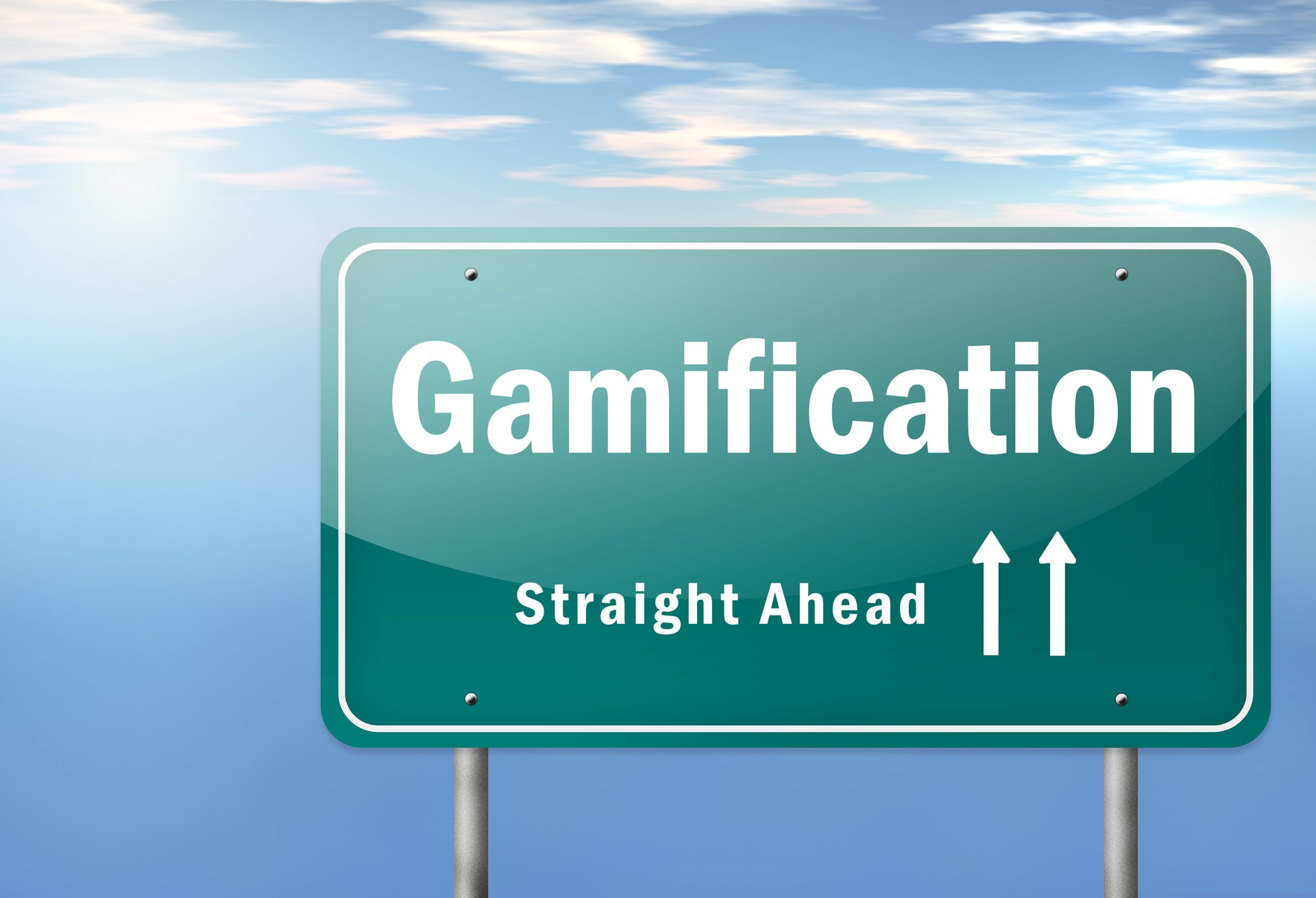Why You Need To Utilize Gamification In Corporate eLearning
We’ve all been there, coming away from a training session trying to compartmentalize the information that is relevant to us. For learners to succeed, content and delivery needs to be meaningful and relatable to the learner and the role that they perform. A major challenge when training large amounts of people in a corporate setting is making sure that your learners are engaged and remain engaged. Custom eLearning can be an expensive endeavor when you consider each department, role, and responsibility, and facilitating enough time during a training session to give effective feedback can be a challenge… often taking more time than the actual content delivery. Here you will find out why you need to utilize gamification in corporate eLearning in order for learners to drive their own success.
By definition, gamification is the use of game logic and mechanics in non-game contexts to engage and motivate learners in solving problems. Gamification has proven to be particularly effective in the world of eLearning and corporate training.
Gamification guru Gabe Zichermann says gamification is 75% psychology and 25% technology. Gamification is synonymous with engagement.
1. Employees Gain Knowledge From Failing In A Safe Environment
Learners need to know that we gain as much, if not more, knowledge from failing, as we do from achieving success. Gamification gives learners the opportunity to fail and learn in a variety of ways without causing harm to their self-esteem or company metrics. Learners benefit from a relaxed atmosphere regarding failure since learners can simply try again until they get it right.
2. Humans Are Naturally Competitive
Leader boards, the ability to earn badges, and bragging rights in the break room drives learners to compete against their peers in a friendly and enjoyable way. By tapping into the pleasure that one feels when receiving an achievement, learners will be more likely be complete their assigned eLearning modules, explore their Learning Management System, and seek more opportunities to gain extra points and badges.
3. We Are All Gamers
With the explosion of mobile technology, games are no longer confined to those with high powered personal computers or games consoles. Your little brother to your grandmother are voluntarily spending countless hours playing games and problem-solving. Puzzles, brain training, and short but effective problem-solving games are topping the app store.
Let's take the chart-busting and box office dominating Angry Birds for example... In Angry Birds, the player is given a limited number of birds which are used as projectiles. The players slingshot the birds in an attempt to hit pigs that are protected by structures. These structures are made from a variety of materials such as stone, wood, and glass. To beat the level, the player must hit all the pigs either directly or with falling debris. However, players only have a limited number of birds, each with different abilities, so they must plan their shots carefully. Without knowing it, the players were adapting and adjusting to changing conditions and expectations.
Researchers and educators have been exploring ways to harness videogame’s power for motivation and apply it to the corporate education world. They have found that a successful gamification approach contains elements such as:
- Narrative.
- Immediate feedback.
- Fun.
- “Scaffolded learning” with challenges that increase.
- Mastery (for example, in the form of leveling up).
- Progress indicators (for example, through points/badges/leader boards).
- Social connection such as Facebook/ Twitter shares.
- Player control.
- Bite-size and resume-able.
4. Gamification Boosts Knowledge Retention
Retention of information happens when people process and do something with that information. Actively doing something with the information, rather than just taking it in, is the type of practice that helps people commit information to memory. Gamification is a process that can help new skills move from conscious recall into the subconscious (like the way you don't forget how to ride a bike).
5. It's All About Personal Choices
The best games let learners choose their own destiny, make choices that influence outcomes, and provide real-time feedback. Never underestimate the power of self-competition, a learner will likely re-visit the course to improve their scores. In eLearning, this can be achieved by giving the learners choices to investigate parts of a course that are most meaningful to them. For example, you can use a branching scenario that enables learners to invoke different outcomes based on the choices they make and then provide feedback to validate their choices. These mechanisms make the experience more personal to the learner.









